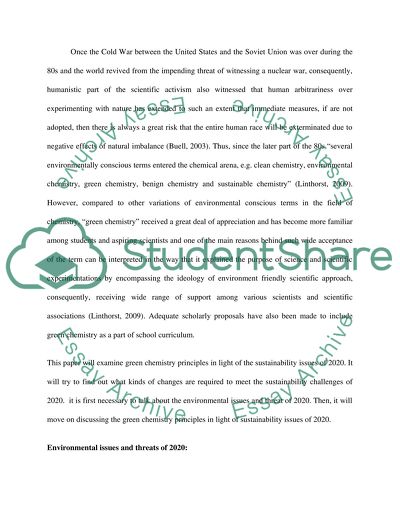Cite this document
(“Green Chemistry Principles in 2020 Essay Example | Topics and Well Written Essays - 3000 words”, n.d.)
Retrieved from https://studentshare.org/environmental-studies/1411959-green-chemistry-principles-in
Retrieved from https://studentshare.org/environmental-studies/1411959-green-chemistry-principles-in
(Green Chemistry Principles in 2020 Essay Example | Topics and Well Written Essays - 3000 Words)
https://studentshare.org/environmental-studies/1411959-green-chemistry-principles-in.
https://studentshare.org/environmental-studies/1411959-green-chemistry-principles-in.
“Green Chemistry Principles in 2020 Essay Example | Topics and Well Written Essays - 3000 Words”, n.d. https://studentshare.org/environmental-studies/1411959-green-chemistry-principles-in.


